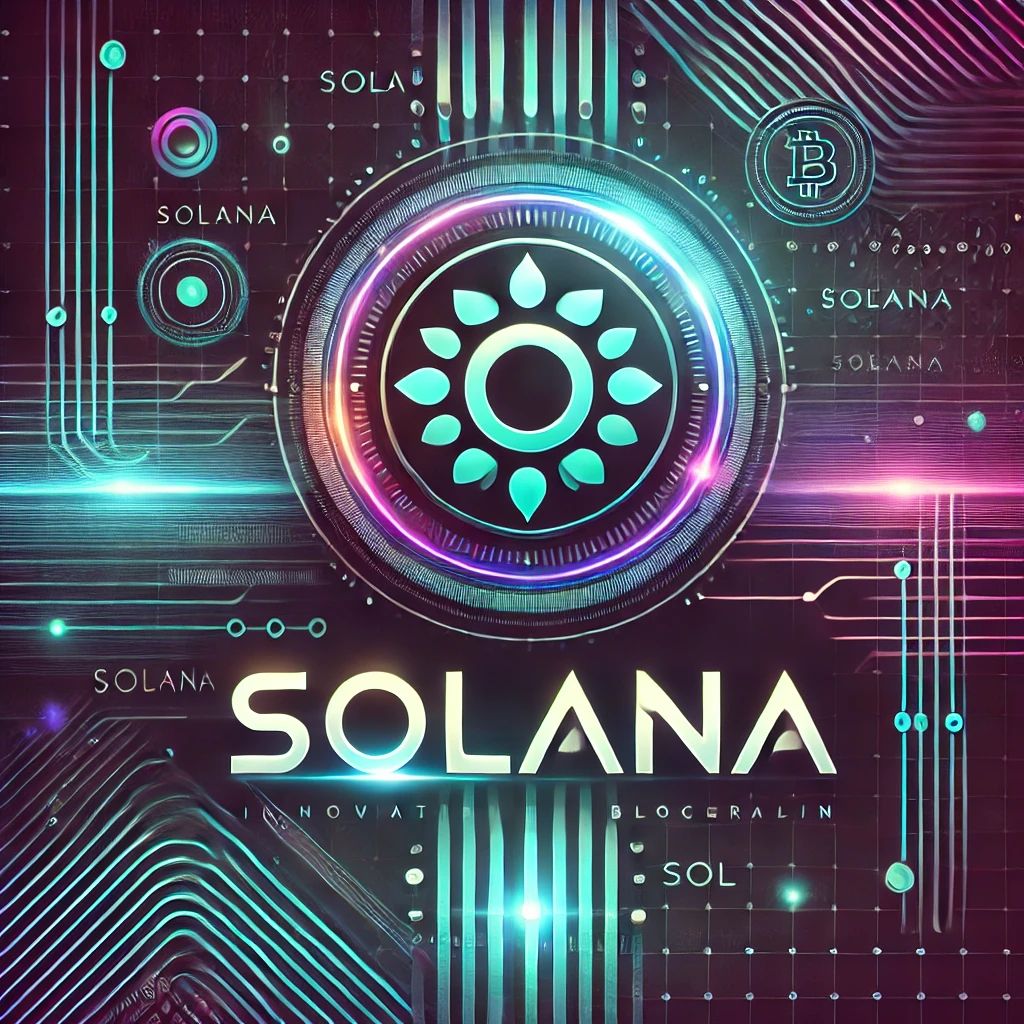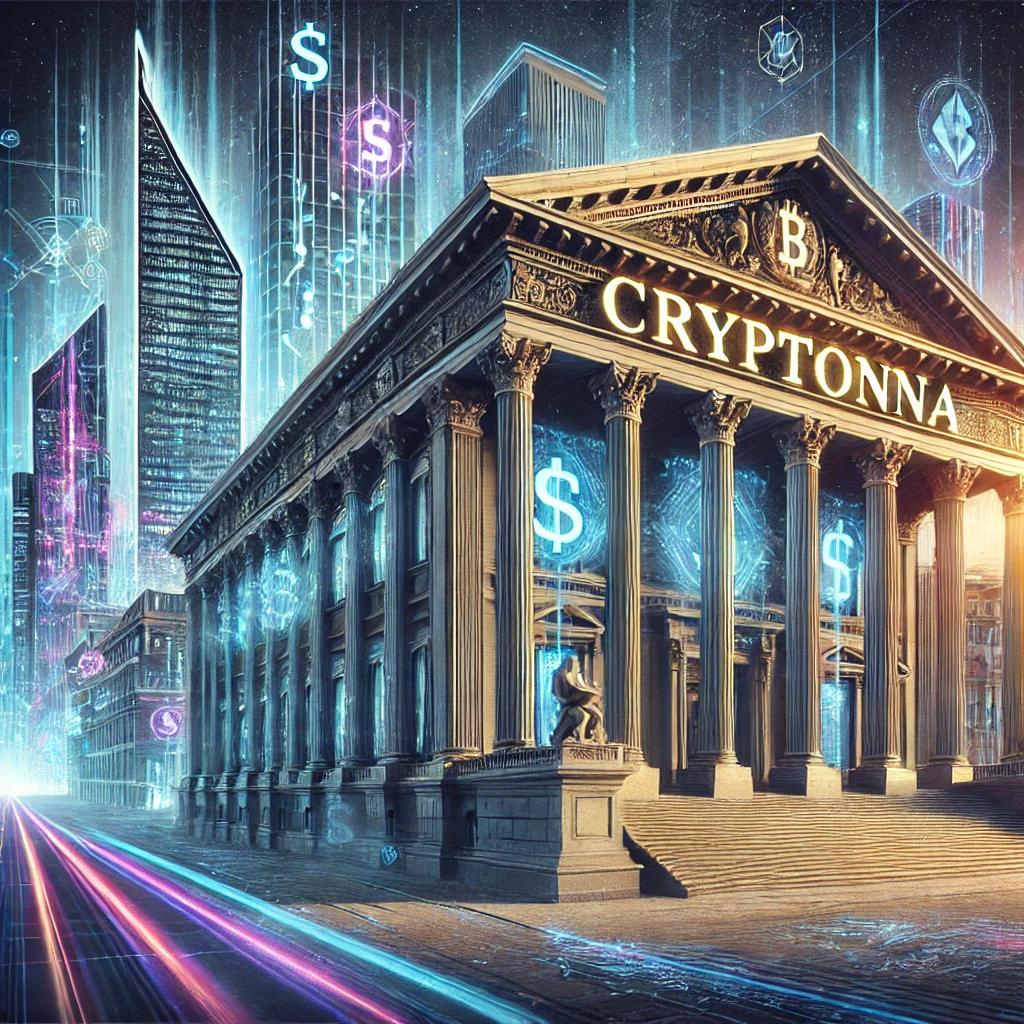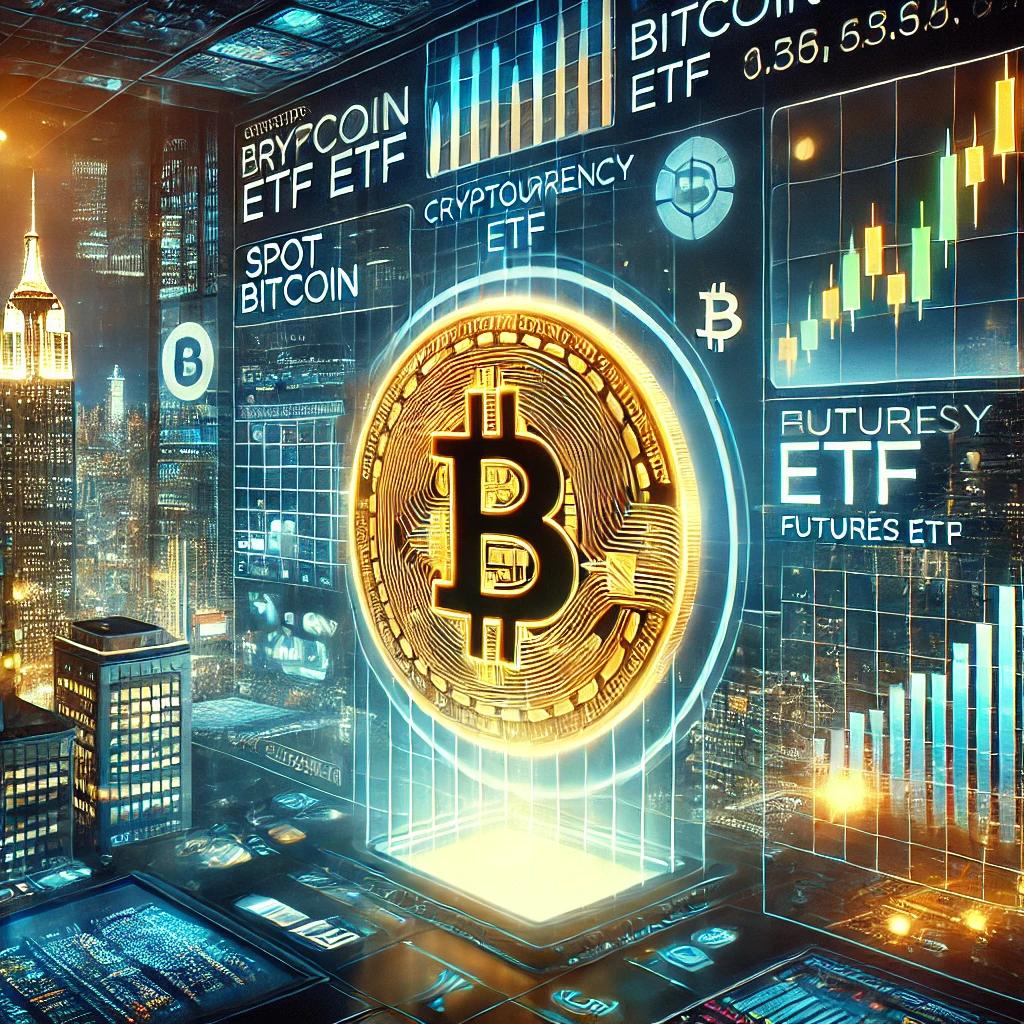Solana (SOL) is a high-performance blockchain platform that offers a unique combination of speed, scalability, and low transaction fees. Its innovative transaction processing approach makes it one of the most advanced blockchain networks, ideal for DeFi, NFTs, and other decentralized applications.
💡 Fun Fact: Solana can process up to 65,000 transactions per second, making it one of the fastest blockchain networks in the world.
2. Name and Symbol
• Full Name: Solana
• Ticker Symbol: SOL
3. History of Solana
Solana was founded in 2017 by Anatoly Yakovenko, a software engineer, with the goal of solving the issues of low throughput and high fees seen in previous blockchain generations like Bitcoin and Ethereum.
Key Milestones:
• 2017: Solana Labs was established.
• 2020: Launch of Solana’s mainnet.
• 2021: Explosive ecosystem growth with the integration of numerous DeFi and NFT projects.
4. Market Capitalization and Significance
• Market Capitalization: $32 billion (as of January 2025).
• Current Supply: 411 million SOL.
Solana ranks among the top 10 cryptocurrencies by market capitalization, owing to its growing popularity among developers and users.
5. Solana’s Technology
Solana employs a unique consensus mechanism called Proof of History (PoH), enabling high transaction speeds.
Key Features:
• Scalability: Capable of processing tens of thousands of transactions per second.
• Low Fees: The average transaction cost is less than $0.01.
• Decentralization: Supported by over 2,000 validators.
6. Applications of Solana
Solana supports a wide range of applications and services:
• DeFi: Protocols for lending, staking, and trading, such as Serum and Raydium.
• NFTs: Platforms for creating and trading NFTs, including Magic Eden and SolSea.
• Gaming (GameFi): Blockchain-based games like Star Atlas.
• Payments: Solana is widely used for fast and low-cost transactions.
7. Solana’s Ecosystem
Over 1,000 projects have been built on Solana’s blockchain, encompassing DeFi applications, NFT marketplaces, and Web3 services.
Major Projects:
• Serum (decentralized exchange).
• Magic Eden (NFT marketplace).
• Solend (lending platform).
8. Official Resources
• Official Website: solana.com.
• Social Media:
• Twitter.
• Reddit.
9. Advantages and Risks
Advantages:
• High transaction speeds.
• Low fees.
• Robust ecosystem.
Risks:
• High competition from other blockchains like Ethereum and Binance Smart Chain.
• Potential technical issues due to scalability demands.
10. Future Prospects of Solana
Solana continues to grow, attracting major investors and developers. In 2025, the number of users is expected to increase, driven by the launch of new DeFi products and improved infrastructure.
Conclusion
Solana (SOL) is a blockchain of the future, combining speed, low fees, and a vast ecosystem. If you’re looking for a promising project to invest in or want to learn more about blockchain technologies, Solana is an excellent choice.
💡 Want to learn more about Solana? Visit Cryptonna.com and explore blockchain technology with reliable tools and analytics.



